Siddha Concept of Vatham, Pitham & Kapham
Three humoural Theory - Vatham, Pitham and Kapham
The three humours – Vatham, Pitham, and Kapham are responsible for the occurrence of a disease. Basically, in a human body these three humours Vatham, Pitham and Kapham are in a normal ratio that is 1: ½ : ¼ respectively. This state of normalcy is called Thannilai. During the onset of a disease of a disease, a single humour gets vitiated from its normal state. This state is called the Thannilai valarchi . Then slowly it affects or associates any of the other two humours along with it and results into a more aggravated state with signs and symptoms. This state is called Vetrinilai valarchi. Therefore, it is important for a Siddha physician to take into account and analyse which humour gets vitiated or deranged initially so as to prescribe the medication because each and every humour derangement needs a specific line of treatment.
Pinikalin Muthar Karanam (Primary cause of a disease)
The great Siddhar Theraiyar lays emphasis on the primary causes of disease in human body. He stresses on the three humours which are the basic reason in one or other way for the causation of Pini or (noi) disease.
“Vathamalathu menikedathu valarpitha
Theethalathu sarthiyadathu sethumathin
Kothamalathu vikkaladathu kudarthannil
Seethamalathu surmum varathu theeramame”
The first line of the verse explains that the normal complexion or the shine of the skin is altered due to derangement in Vatham humour or Vali humour. The Siddhar Theraiyar in his second line of the verse says that derangement of the Pitham or Azhal humour causes vanthi or vomiting. In the third line, the involvement of Kapham or Iyam humour with the Vatham or Vali lead to vikkal noi or hiccup. In the fourth line Kapham or Iyam humour replaces Pitham in the Annamayakosam or the Intestine leading to Indigestion and hence causing the Suram or fever to occur.
“Manthamalathu vayuvarathu analpitha
Thothamalathu moolam varathu thodarvatha
Panthamalathu gunmam varathu pakarpitha
Vinthai lathu megham varathu theeramame”
In the first line of this versus, Vatham humour or Vali is the basic humour responsible for Indigestion. Next line says the combination of Vali and Azhal humour leads to moola rogam or Hemorrhoids. Gunmam or the diseases pertaining to the abdomen are caused due to the derangement of Vatha humour as per the third line. In the fourth line derrangement of Pitham is the main cause of Megha diseases.
“Ajeeranamendri suram varathu thirithoda
Karanamendri sanni varathu kaphamana
Neerathuvumendri sobai varathu neduvatha
Sarvathavumendri soolai varathu thavarathe”
According to the first line of the above versus, Ajeeranam or Indigestion leads to the onset of fever. Second line stresses on the derangement of Mukkutram or derangement of all the three humours ie Vali, Azhal and Iyam in Sanni noi or delirium condition. And the third line says that Iyam humour derangement leads to the fluid accumulation in the body causing Sobai noi or Oothal noi or dropsy condition. In the fourth line Siddhar Theraiyar explains the involvement of Vatham or Vali in occurance of Soolai noi (compared to a condition in which pricking or stabbing pain is present all over the body). Hence, one or other humour initially deranges from its normal value as to cause a disease.Both Amla or Indian gooseberry and turmeric are very ancient herbs used in various health problems. Both of them are used separately and also in combinations with other herbs in various choornams, tablets and other formulations. Both of these herbs are individually enriched with numerous health benefits.


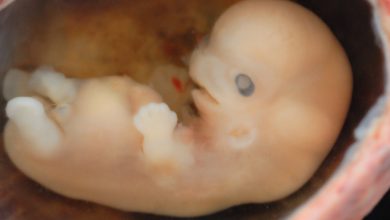

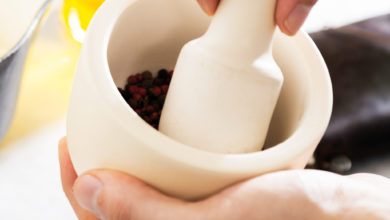
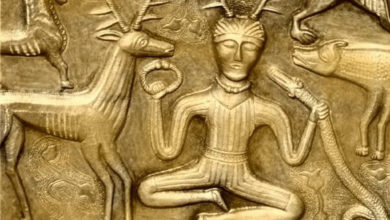

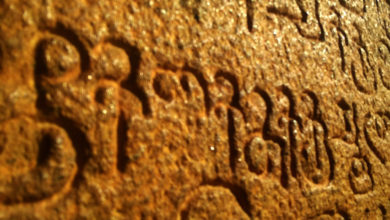
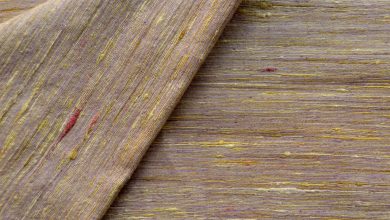
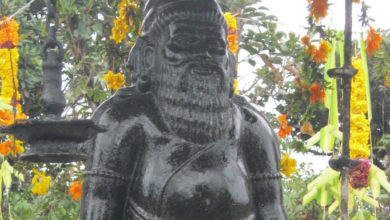
sir, i need a book in tamil about vaatham, pitham and kabam
I have BP and not controlled past 14 days. I want to know about vatham pitham kabam